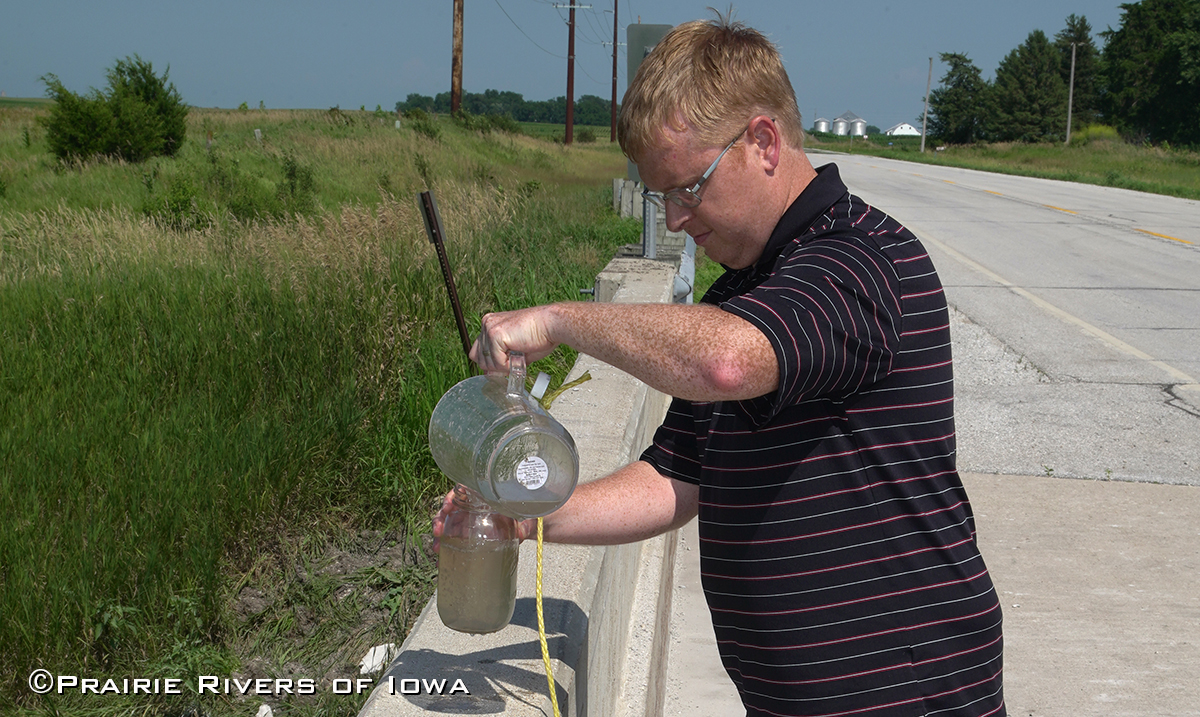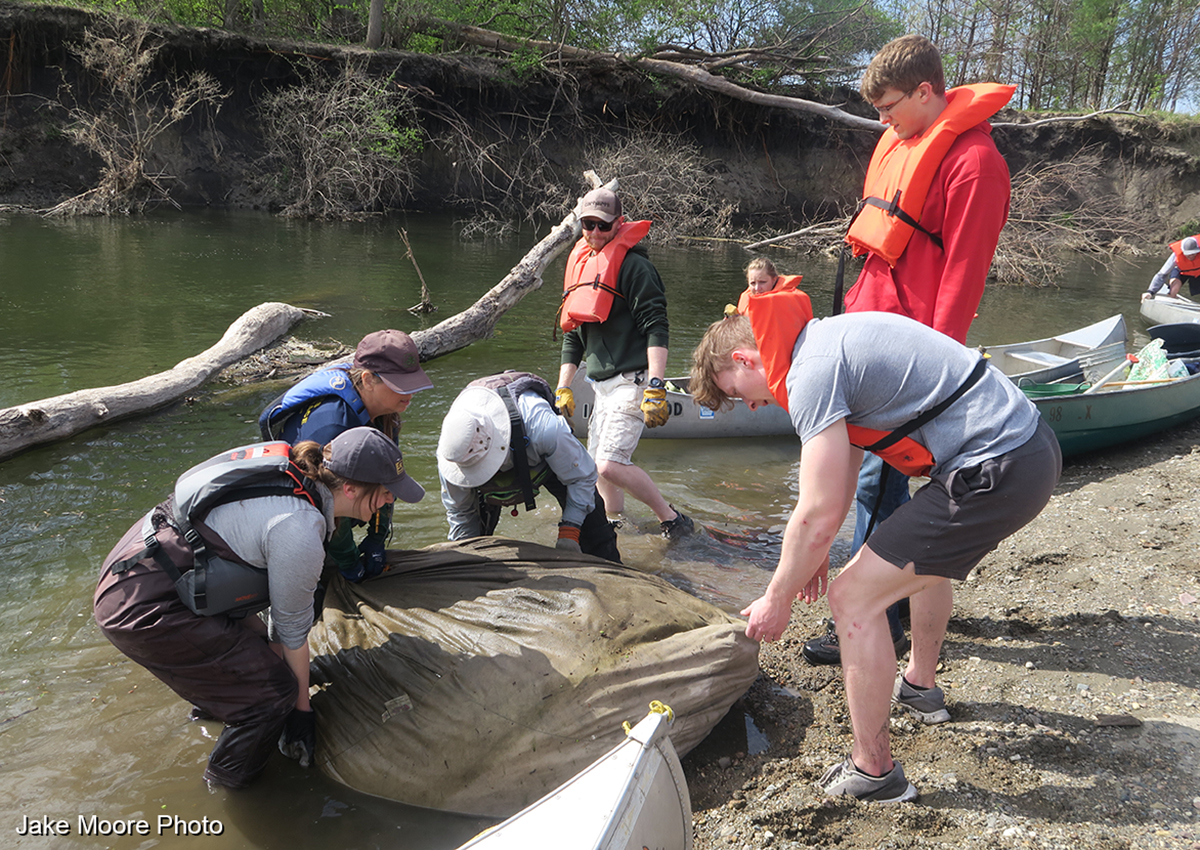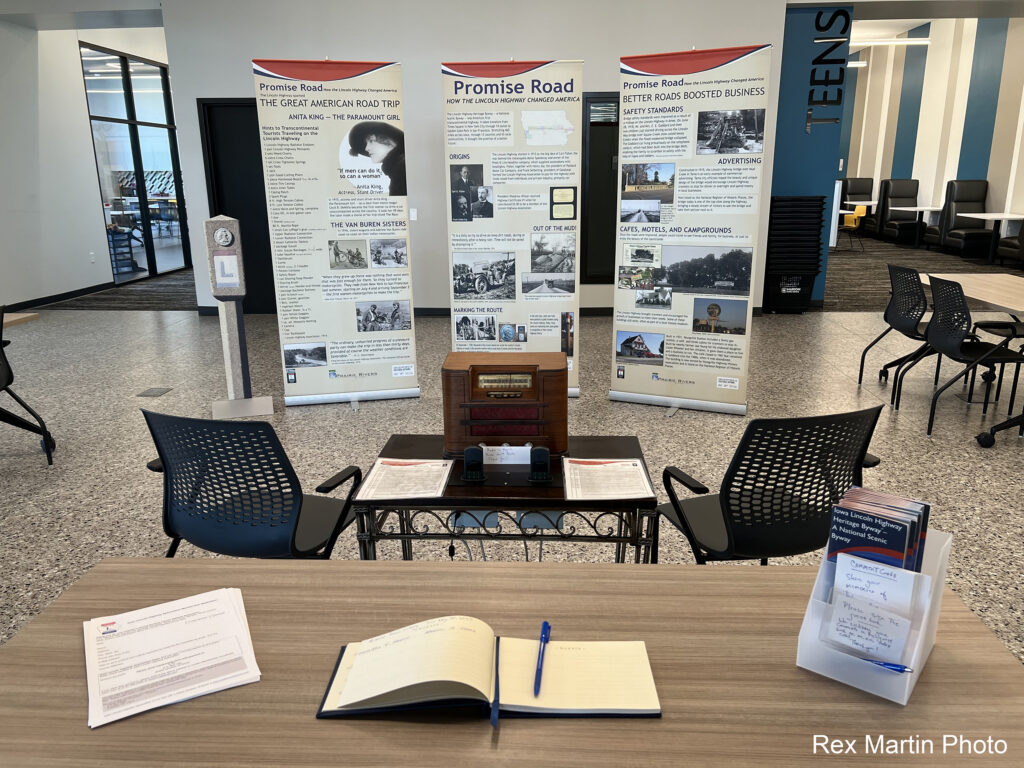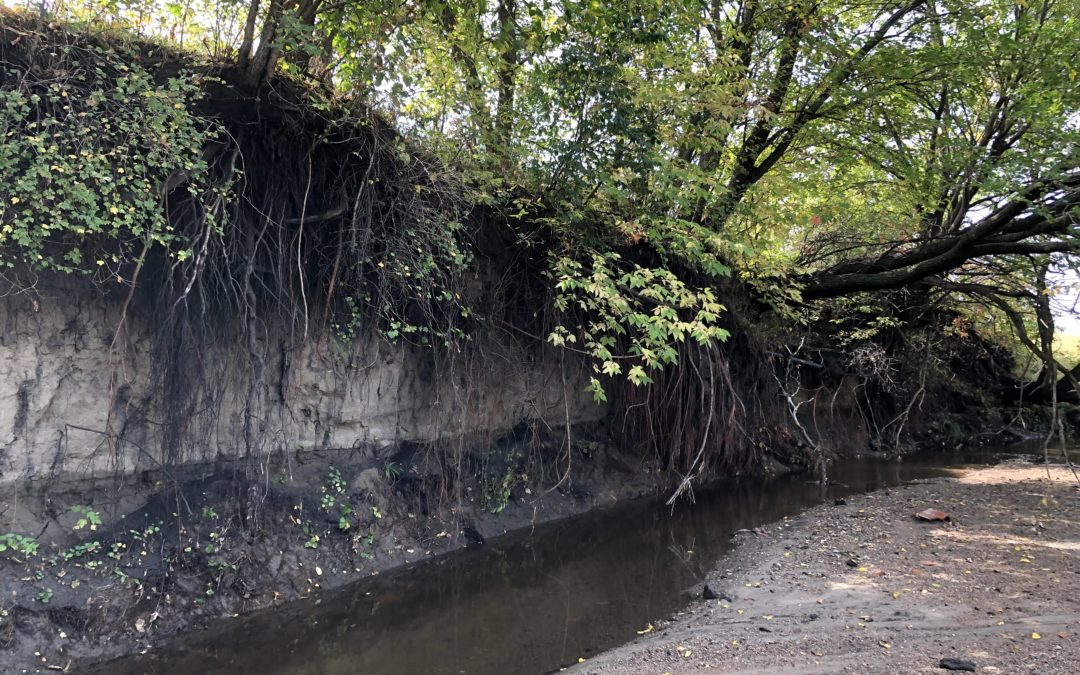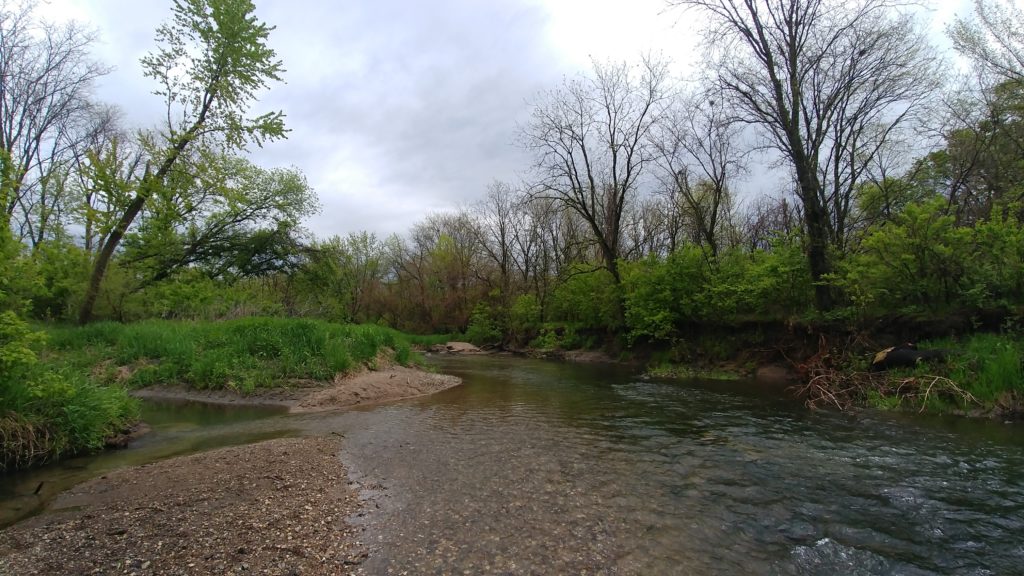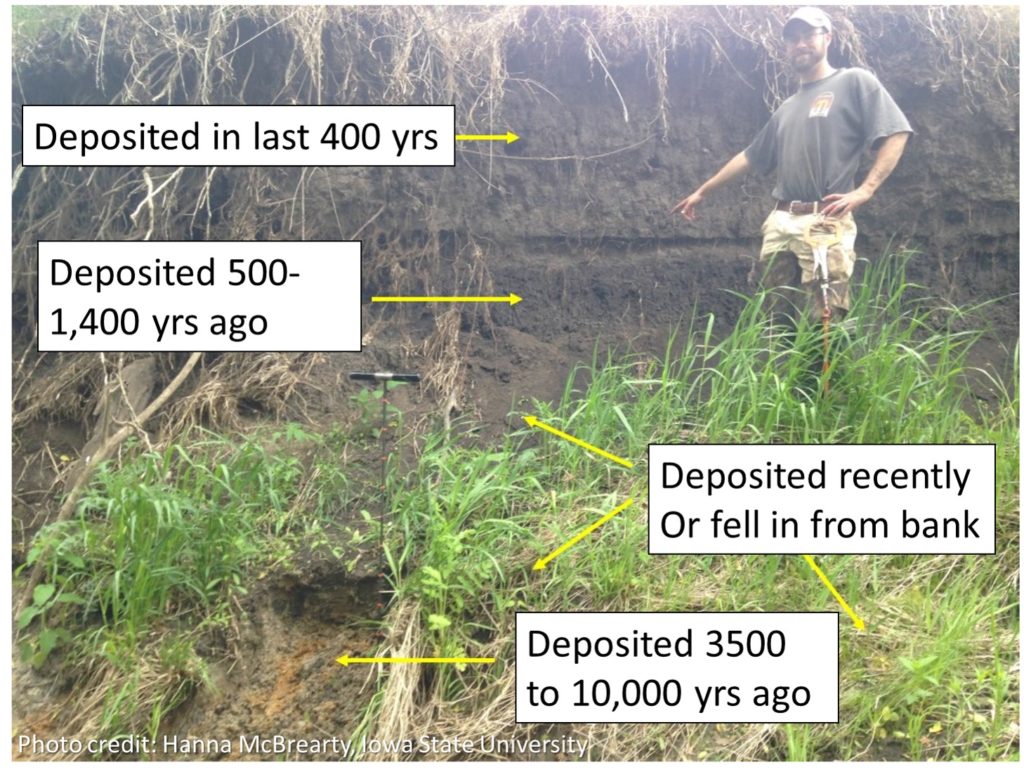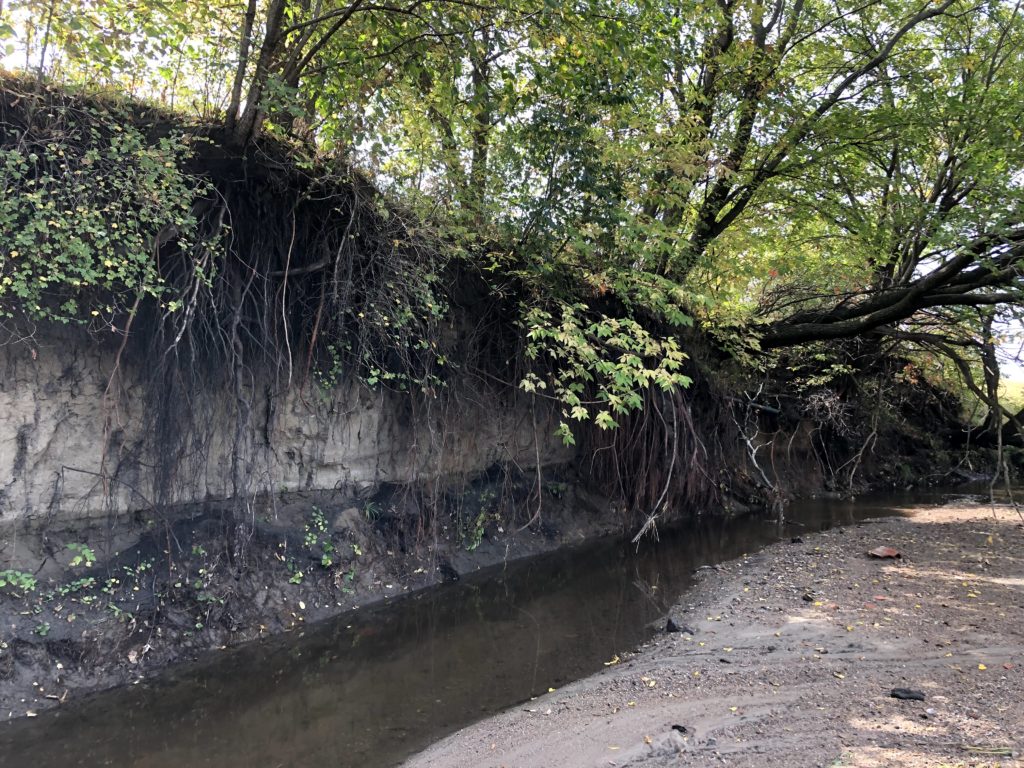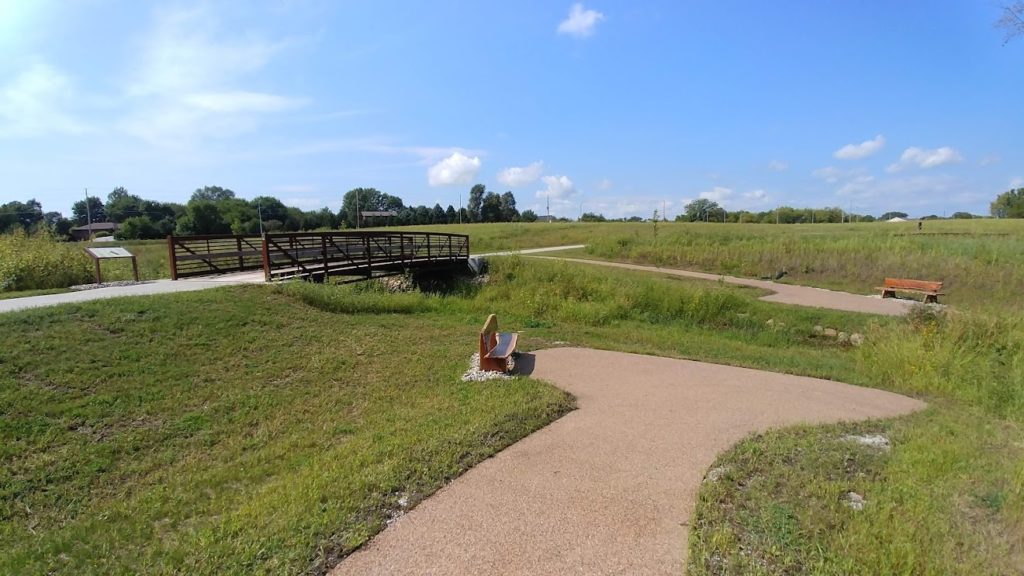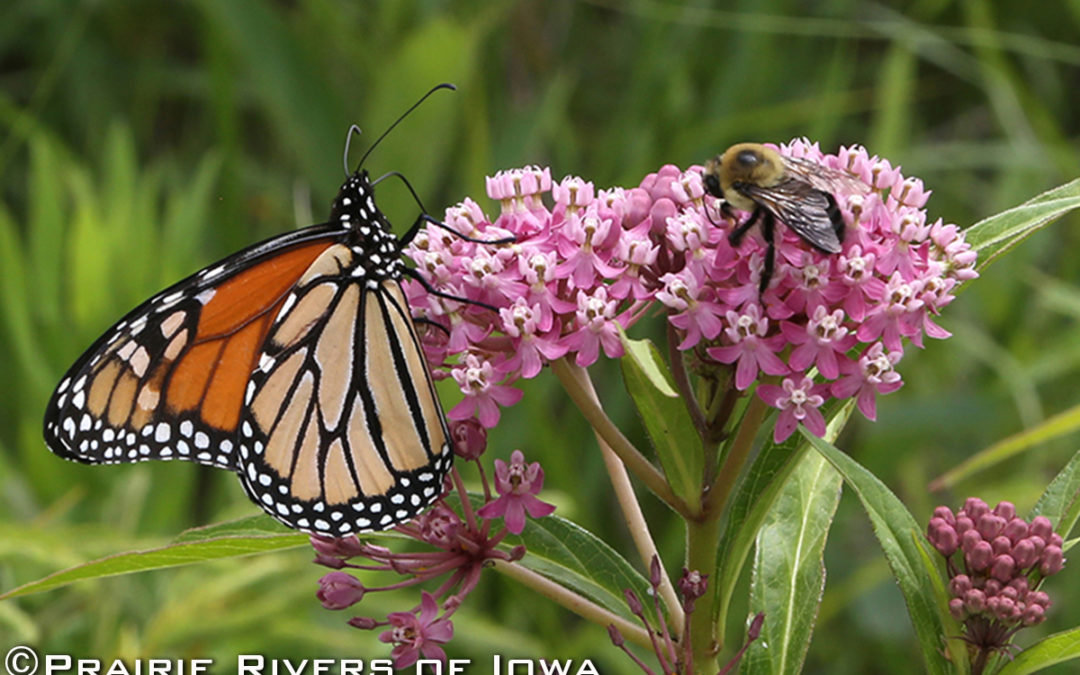
Prairie Rivers of Iowa Has Had a Busy and Productive 2023
Hello and Happy 2023,
Prairie Rivers of Iowa has had a busy and productive 2023 in Iowa, working on a variety of important initiatives related to creating a healthier natural environment and preserving the rich cultural heritage of Iowa. As we end this year, we have touched kids, families, landowners, historic homeowners and business owners, communities, natural resource professionals, like-minded not-for-profits and oversaw a national prairie conference in Iowa.
Here’s a summary of some of the key accomplishments and initiatives this year:
EDUCATIONAL VIDEO SERIES – We created a weekly video series for YouTube and Instagram The Clean Water Act: 50 Years, 50 Facts. We produced 45 short videos filmed at dozens of locations (including knee deep in a marsh) and featuring 5 music parodies. The educational videos covered various aspects of water conservation, law and policy.
MONTHLY STREAM MONITORING – Conducted monthly monitoring of at least 15 streams, providing updates in the Prairie Rivers monthly newsletter. Additionally, coordinated volunteer “snapshots” with neighboring counties and supported school groups interested in water monitoring. Additionally, we published a 65-page report analyzing water quality data, including a novel way of looking at the data.
SECURED A NATIONAL FOUNDATION GRANT – This grant assists us in building a network for interpreting water quality monitoring data. Seven partners joined Prairie Rivers to focus at sharing best practices, looking for tools to monitor E. coli in our streams, providing a monthly opportunity to express their concerns and planning for an Iowa Water Summit in 2024.
TWO TRASH CLEANUPS — (1) May 2023 — Cleaned Ioway Creek by canoe, S. Grand to S. 16th St (Ames), 40 participants. The trash collected weighed 3,020 pounds and included 20 tires and three rims. Partners included: Story County Conservation, Skunk River Paddlers, the City of Ames, Outdoor Alliance of Story County. (2) August 14, 2023 – Cleaned a tributary of Ioway Creek in Stuart Smith Park (Ames), on foot, nine volunteers, 350 pounds of trash removed. Partners included Iowa Rivers Revival, Green Iowa AmeriCorps and the City of Ames.
POLLINATOR CONSERVATION – Launched a 10-year plan involving over 40 persons serving on a committee to support pollinator conservation. This plan is aimed at conserving pollinators and their habitats, which are crucial for the environment. You can see the plan at www.prrcd.org.
MONARCH MAGIC – Held the first Monarch tagging event in September, where over 300 kids, their families, and others learned about pollinators and tagged 146 Monarchs. We had 10 sponsors and partners at Ada Hayden Heritage Park and plan to do it again in 2024.
HISTORIC RESOURCE PRESERVATION – Received a grant from Iowa Cultural Affairs and successfully surveyed 319 historic listings on the Lincoln Highway Heritage Byway. In 2024, we will present the findings to elected officials and other interested persons in the 43 communities along the Byway to inform and develop a plan for the restoration and preservation of these important Iowa heritage properties.
BYWAY COORDINATOR AND PROJECTS – Hired a new Byway Coordinator, Jeanie Hau, who is actively working to support our Byway projects. Prairie Rivers signed a new contract with the Iowa DOT to support work on the Iowa Valley Scenic Byway extending our efforts to preserve Iowa’s heritage. This Byway begins on Highway 30, Montour turnoff, and travels through the Amana Colonies for a total of 77 miles.
TRAVELING EXHIBIT — The Lincoln Highway Heritage Byway traveling exhibit called The Promise Road: How the Lincoln Highway Changed America has been displayed at various locations, allowing visitors to learn about the rich history of this historic road. It’s available for display in museums, libraries, and other community spaces. So far the exhibit has traveled to Jefferson, Grand Junction, State Center, Nevada, Linn County Historical Society: The History Center, Cedar Rapids History Museum, Nevada Library, Marion Public Library, Carroll Public Library, Harrison County Welcome Center, and currently at the Council Bluffs Public Library.
We cannot do this work without your support!
Today, we are asking you as a supporter to make an end-of-year gift of $50.00 to Prairie Rivers of Iowa. Your support shows us to keep up the good work! You can make a gift here online or by going to our donation page for additional options. We know that as good stewards of the land, you see how important this work is today.
It is so important for a not-for-profit to receive gifts from individuals. Hearing from you encourages and supports our very difficult work in support of the natural and cultural resources in Iowa.
Thank you!
Board of Directors
Reed Riskedahl, President
Mark Rasmussen, Treasurer
Doug Cooper, Secretary
Erv Klaas
Bob Ausberger
Chuck Stewart
Rick Dietz
Jim Richardson
Christopher Barber
Staff
Mike Kellner, Marketing and Public Relations
Dan Haug, Water Quality Specialist
Jessica Butters, Pollinator Conservation Specialist
Jeanie Hau, Lincoln Highway Heritage Byway & Iowa Valley Scenic Byway Coordinator
Carman Rosburg, Office Manager
Daniel Huber, Technology
Shellie Orngard, Historic Properties Consultant

